Car collecting can be a rewarding hobby, but not every vehicle turns out to be a wise investment. Some cars, once heralded as innovative or stylish, have depreciated in value or become burdensome to maintain. Here, I explore ten cars that many collectors now regret purchasing.
Pontiac Aztek

The Pontiac Aztek, produced from 2001 to 2005, was an attempt to create a versatile crossover SUV. Unfortunately, its unconventional design didn’t resonate with the public, and it quickly became a symbol of automotive design gone wrong. Despite its practicality and spacious interior, the Aztek’s aesthetic flaws have overshadowed its functionality, making it a regrettable purchase for collectors hoping for a future classic.
Fans of the TV series “Breaking Bad” might remember the Aztek as Walter White’s vehicle, but even this pop culture nod hasn’t significantly boosted its desirability or value. Most collectors today view it as a curiosity rather than a prized possession.
DeLorean DMC-12
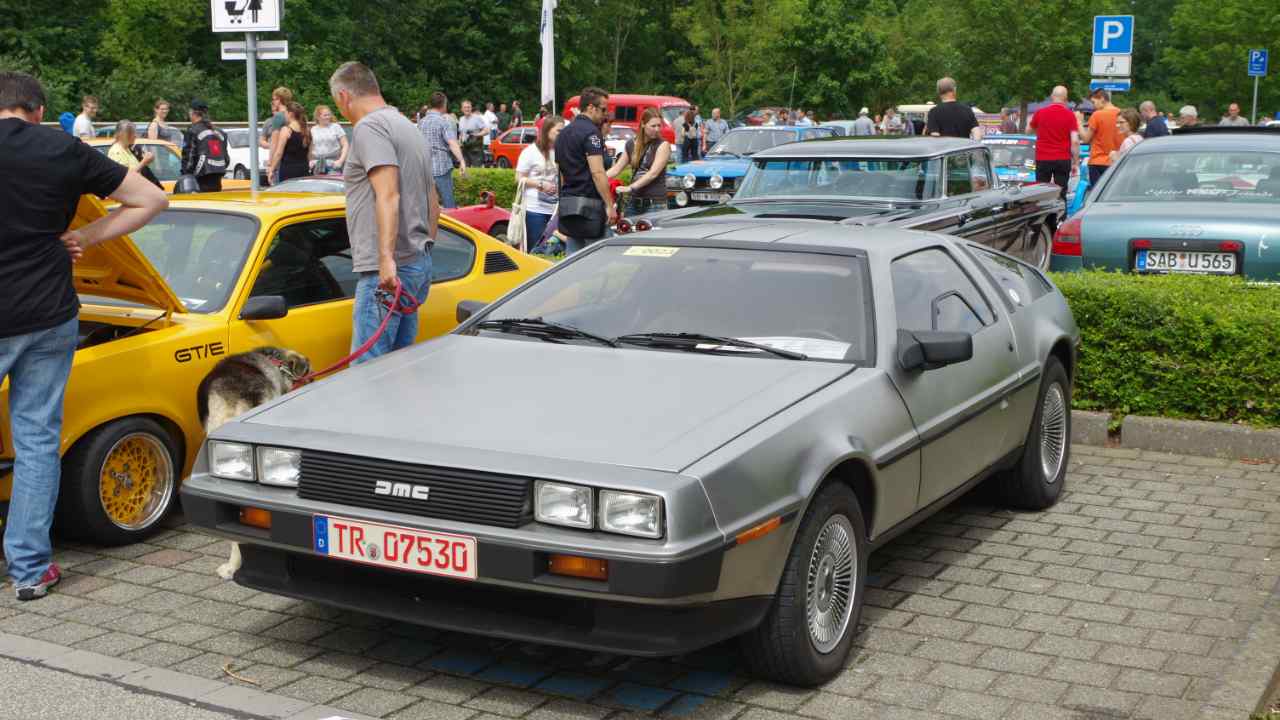
The DeLorean DMC-12 is an iconic vehicle thanks to its starring role in the “Back to the Future” films. However, beyond its stainless steel body and gull-wing doors, the car struggled with quality control issues and underwhelming performance, which hampered its appeal as a collectible.
Produced between 1981 and 1983, the DMC-12 is often more trouble than it’s worth for collectors, who frequently encounter difficulties finding parts and dealing with its mechanical quirks. While its cinematic legacy is undeniable, the DMC-12’s practical drawbacks leave many regretting their purchase.
Yugo GV
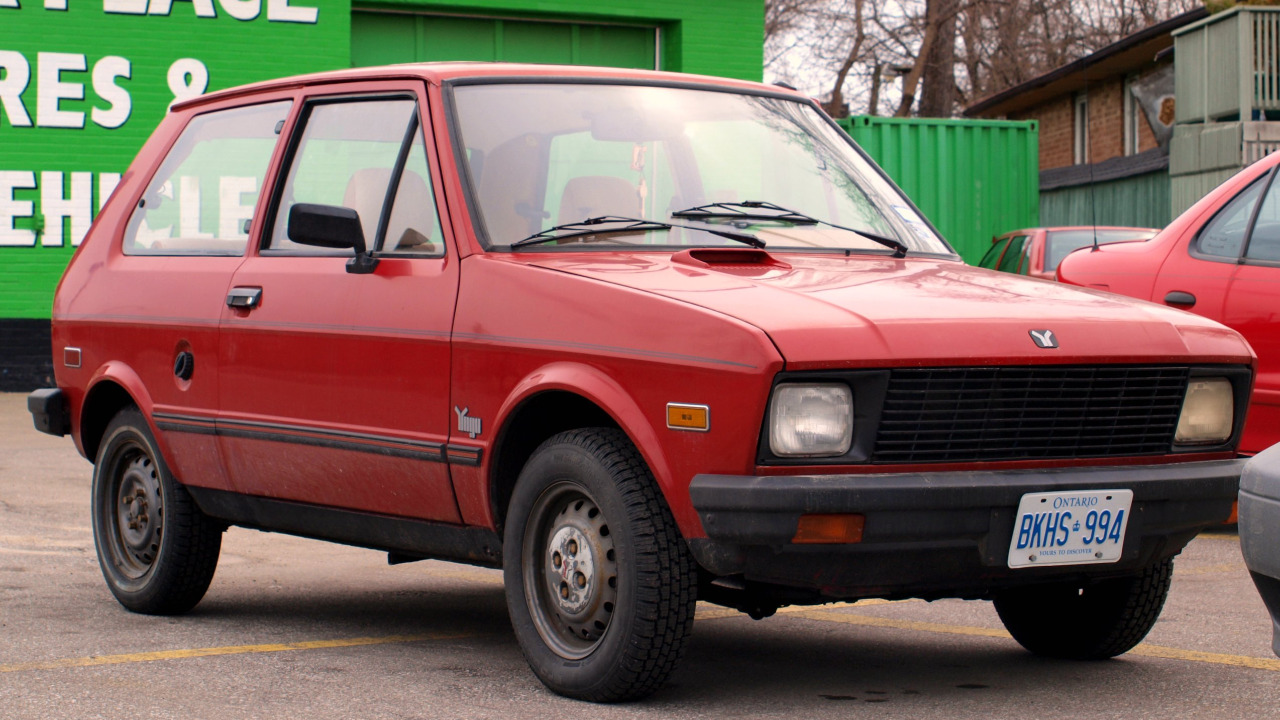
The Yugo GV, introduced to the American market in 1985, was marketed as an affordable and practical vehicle. Unfortunately, this subcompact car became infamous for its poor build quality and lack of reliability, quickly earning a reputation as one of the worst cars ever sold in the U.S.
Collectors who picked up a Yugo GV hoping for a quirky addition to their collection often find themselves dealing with constant repairs and difficulty in sourcing parts. Its notoriety hasn’t translated into a cult status, leaving many wishing they had invested elsewhere.
Cadillac Cimarron
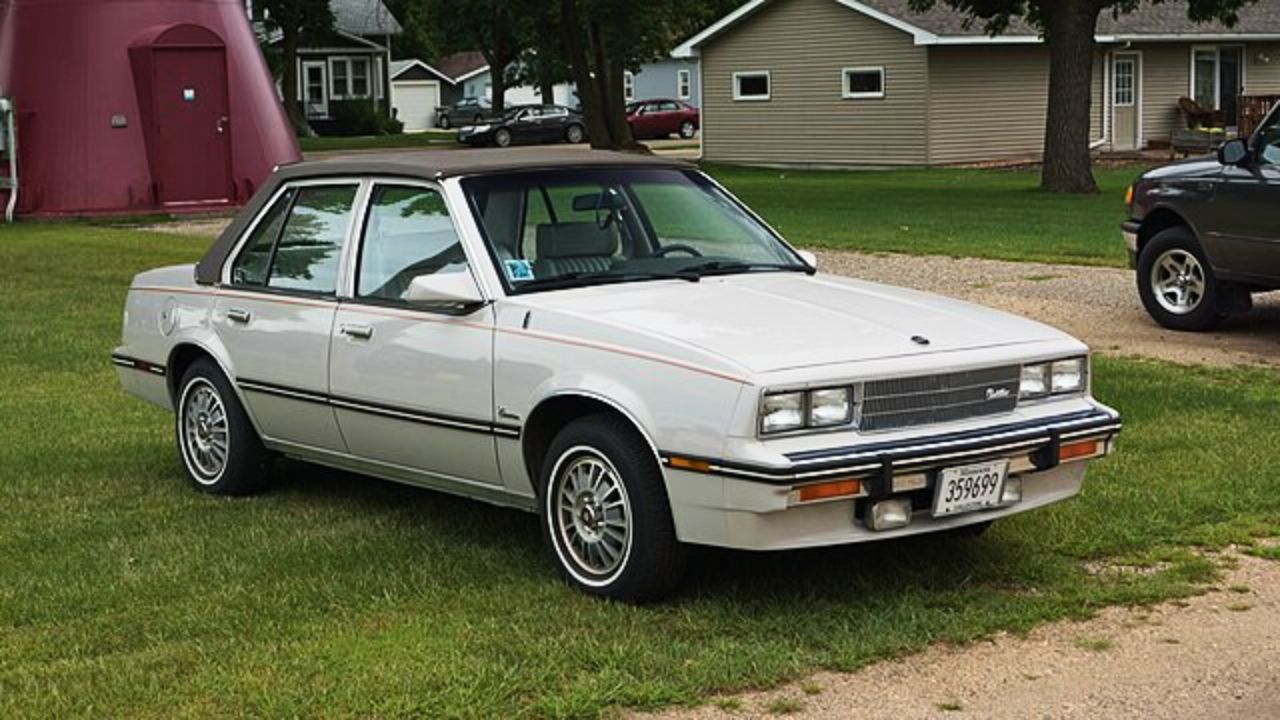
The Cadillac Cimarron, produced from 1982 to 1988, was an attempt by General Motors to compete in the compact luxury car market. Unfortunately, it was essentially a rebadged Chevrolet Cavalier with a higher price tag, which did not sit well with Cadillac’s traditional customer base.
This car became emblematic of brand mismanagement, and its lack of distinctive features or performance credentials has rendered it undesirable among collectors. Those who bought the Cimarron hoping for a classic Cadillac experience were sorely disappointed.
Ford Edsel
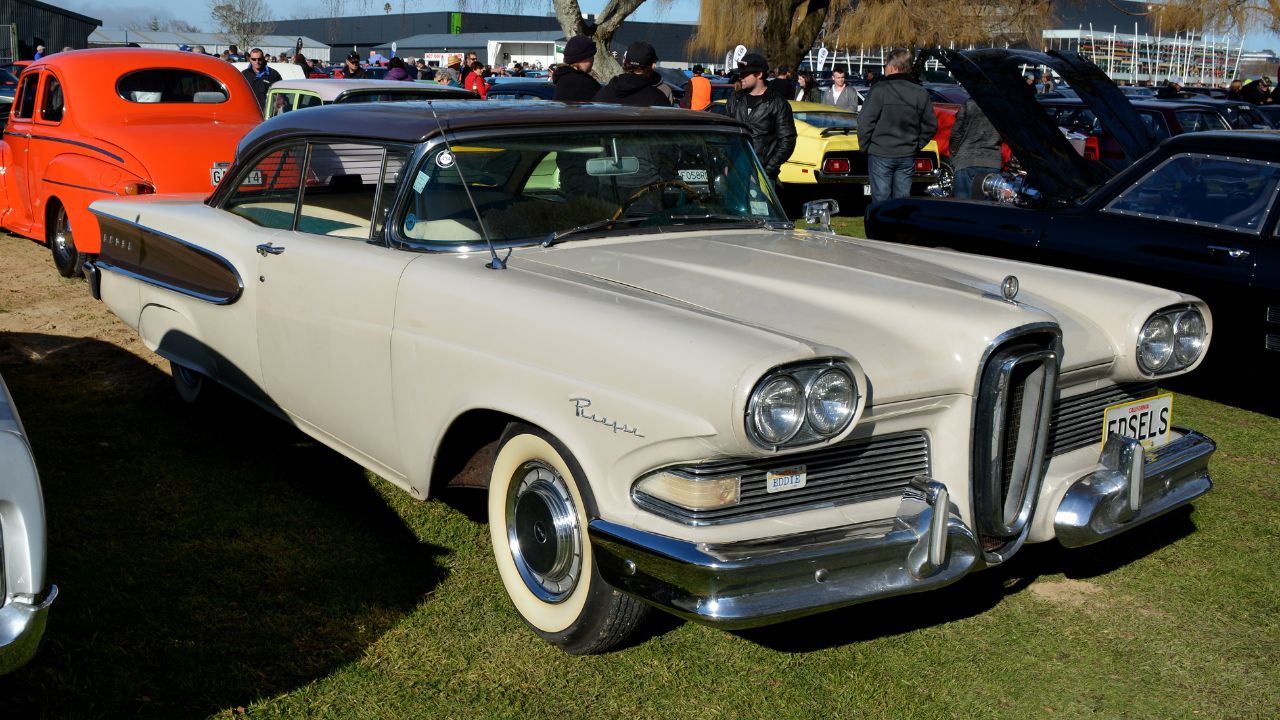
The Ford Edsel, launched in 1957, was intended to be a showcase of innovation and design. However, its launch coincided with a recession, and its styling was deemed unattractive by the public, resulting in poor sales and the model’s discontinuation by 1960.
Collectors who have acquired an Edsel often find themselves saddled with a vehicle with minimal appreciation potential. While it remains a fascinating piece of automotive history, its market value remains low, making it more of a cautionary tale than a prized collectible.
AMC Pacer
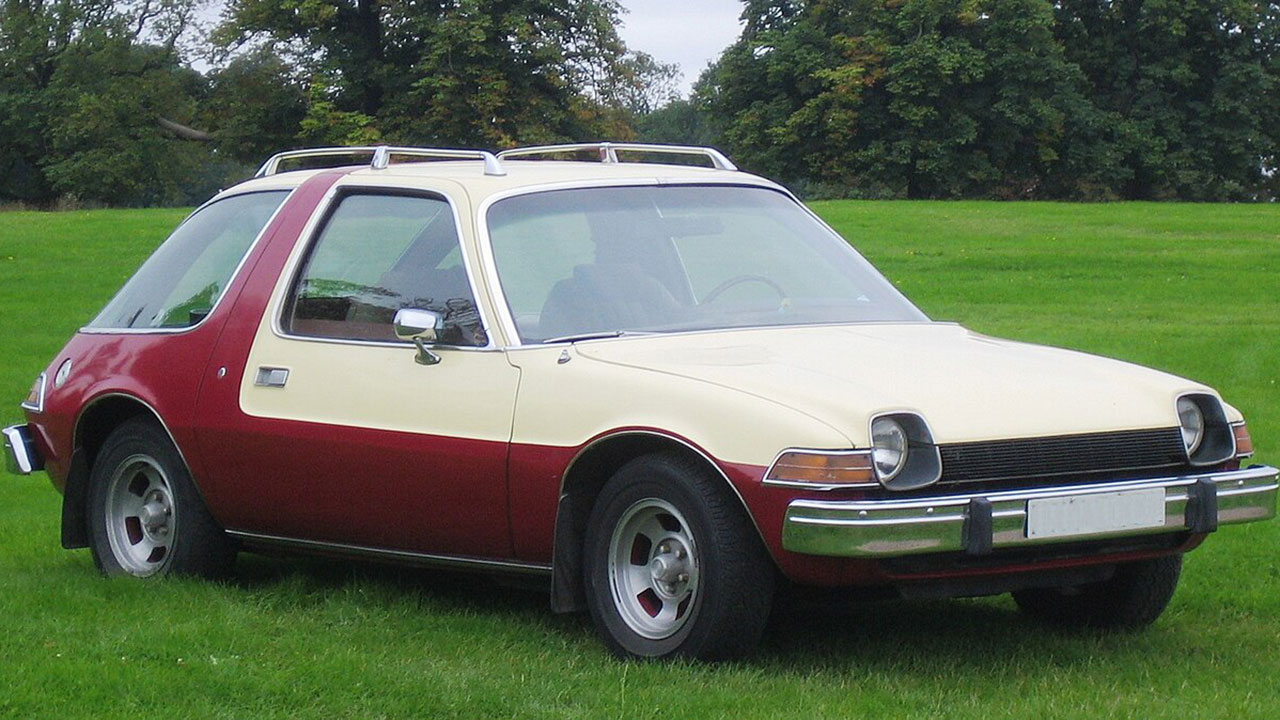
The AMC Pacer, produced from 1975 to 1980, was designed to be a futuristic compact car with a wide body and expansive glass area. Despite its innovative design, the Pacer was underpowered and suffered from poor fuel economy, which did not endear it to consumers.
Though it has earned a certain level of nostalgia due to its unique appearance, collectors often regret purchasing the Pacer due to its mechanical issues and limited market demand. It remains a vehicle that intrigues more for its oddity than its value as a collectible.
Chrysler TC by Maserati
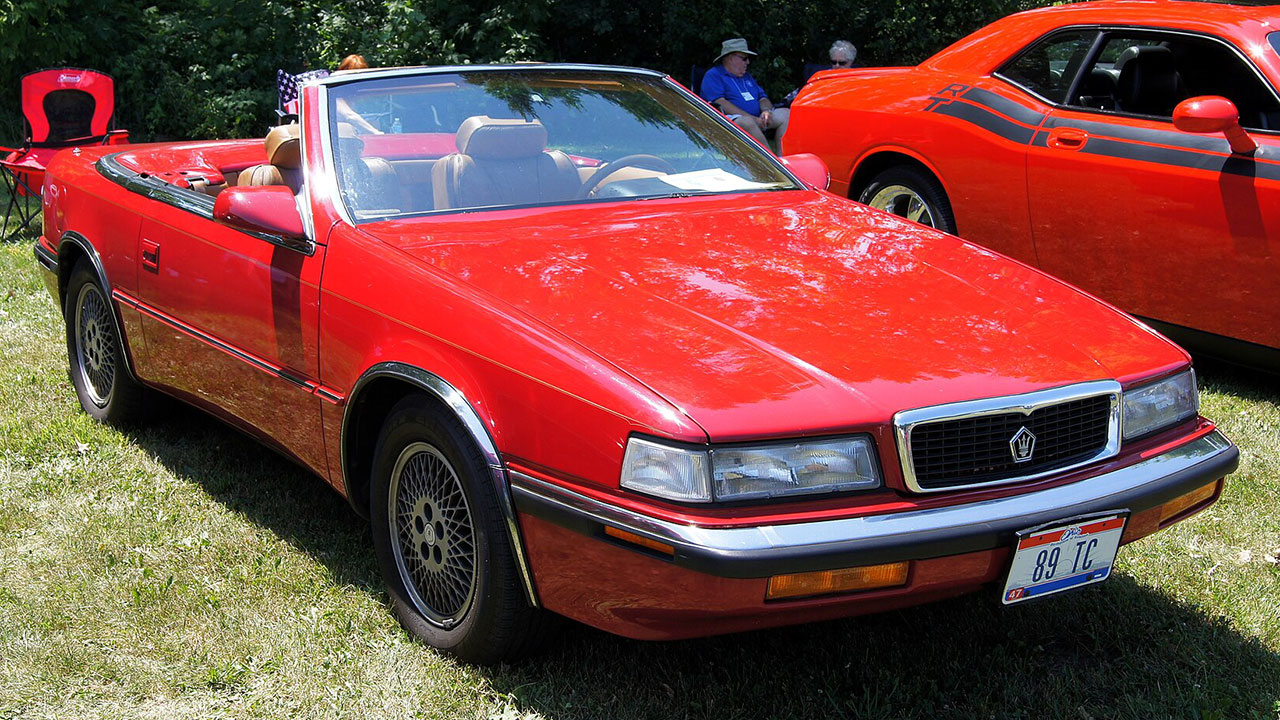
The Chrysler TC by Maserati was a joint venture between Chrysler and Maserati, produced from 1989 to 1991. Despite the collaboration, the TC failed to deliver the luxury experience expected from a Maserati, and its Chrysler underpinnings were too evident.
Collectors who expected this car to become a luxury classic have been disappointed by its lack of performance and tepid reception. Its value has not increased significantly over time, making it a regrettable choice for those seeking investment potential.
BMW Isetta
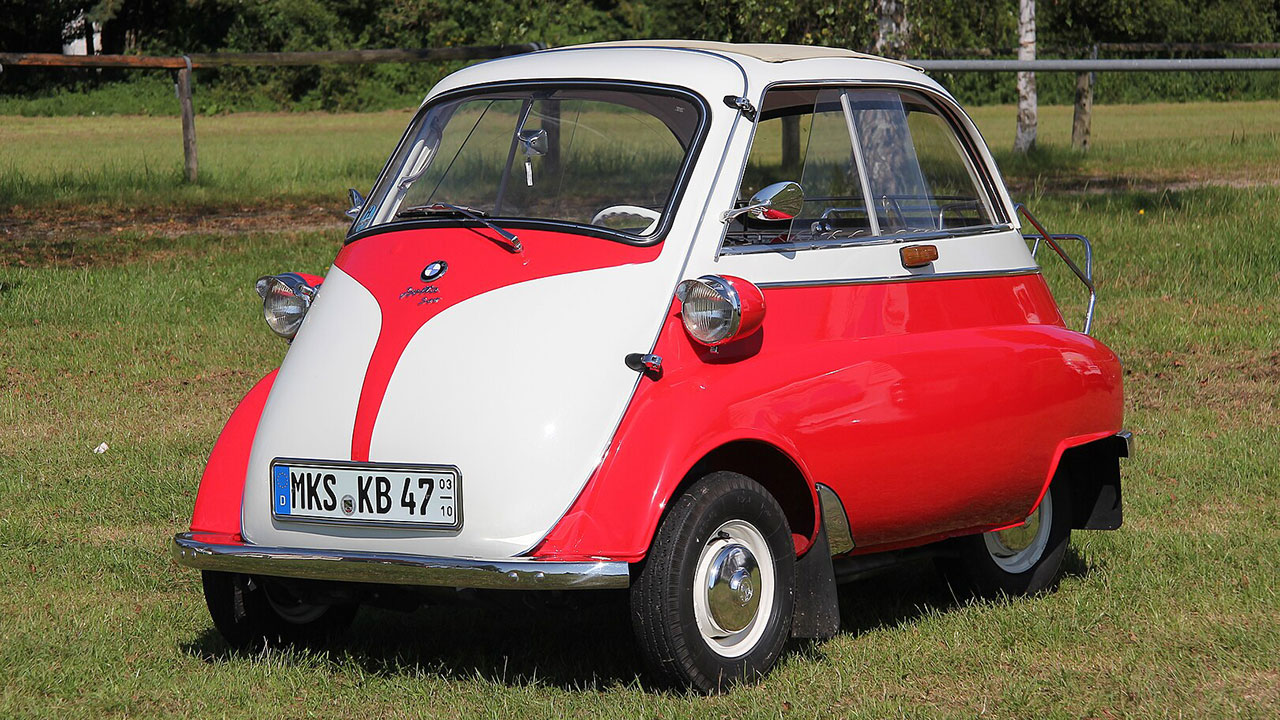
The BMW Isetta, produced in the 1950s and 1960s, was a microcar known for its unique front-opening door and compact design. While it stands out visually, the Isetta’s limited power and small size make it impractical for modern driving.
Collectors who have invested in the Isetta might find it more of a novelty item than a functional vehicle. Despite its charm, the Isetta’s appeal is limited to niche enthusiasts, which can make it a challenging car to sell or enjoy regularly.
Bricklin SV-1
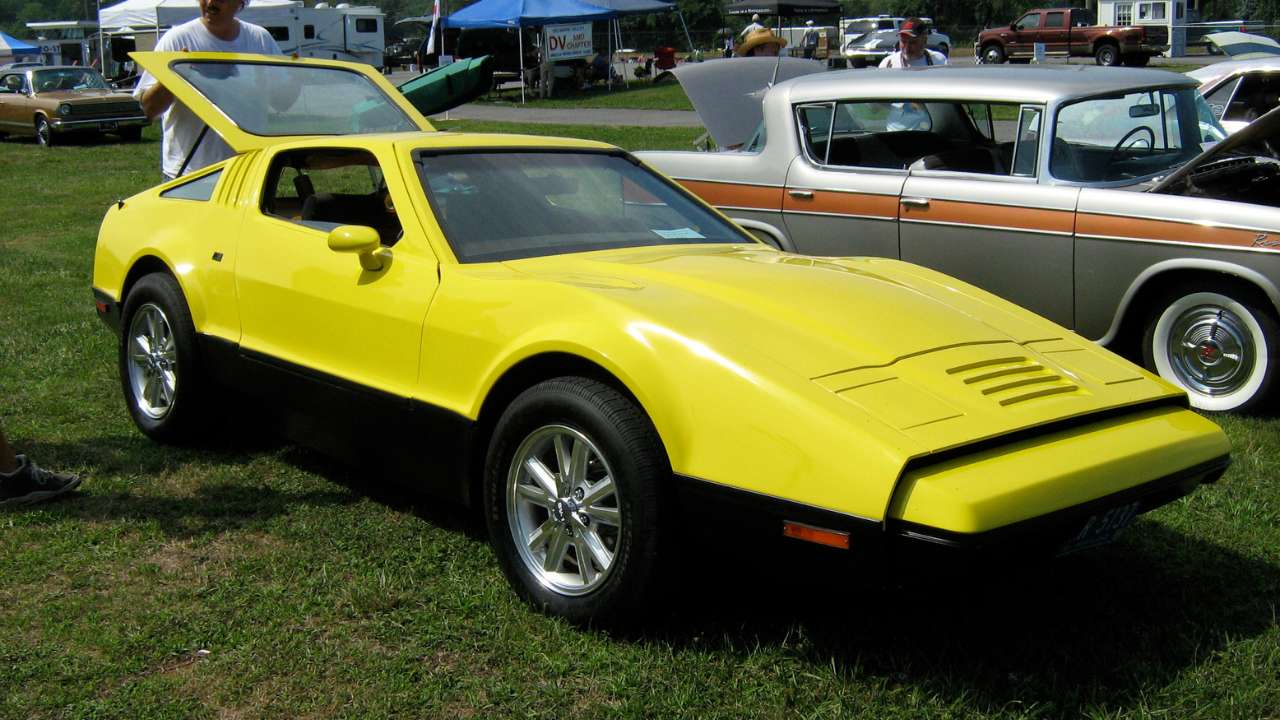
The Bricklin SV-1 was a sports car produced in the mid-1970s with safety as its main selling point. However, the car suffered from quality issues and production delays, leading to a limited run and financial difficulties for the company.
Collectors who own a Bricklin often face challenges with maintenance and parts availability. Its distinctive design and safety focus are interesting, but the vehicle’s practical drawbacks and limited collector interest make it a less-than-ideal investment.
Chevrolet Vega
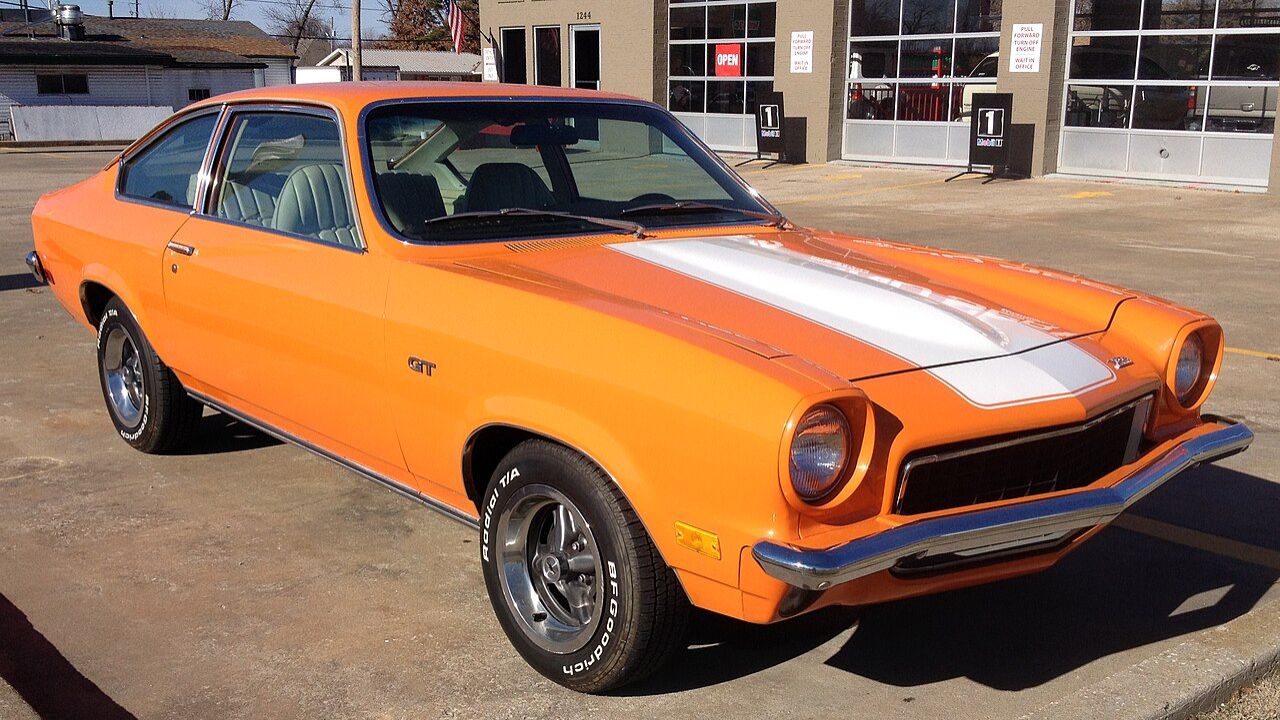
The Chevrolet Vega, produced from 1970 to 1977, was initially praised for its styling and affordability. However, it quickly became notorious for rust problems and engine reliability issues, which severely damaged its reputation.
Collectors who have purchased a Vega often find themselves dealing with extensive restoration work, and its historical reputation has not led to significant appreciation in value. Despite its initial promise, the Vega remains a regrettable choice for many collectors.
Like Fast Lane Only’s content? Be sure to follow us.
Here’s more from us:
*Created with AI assistance and editor review.



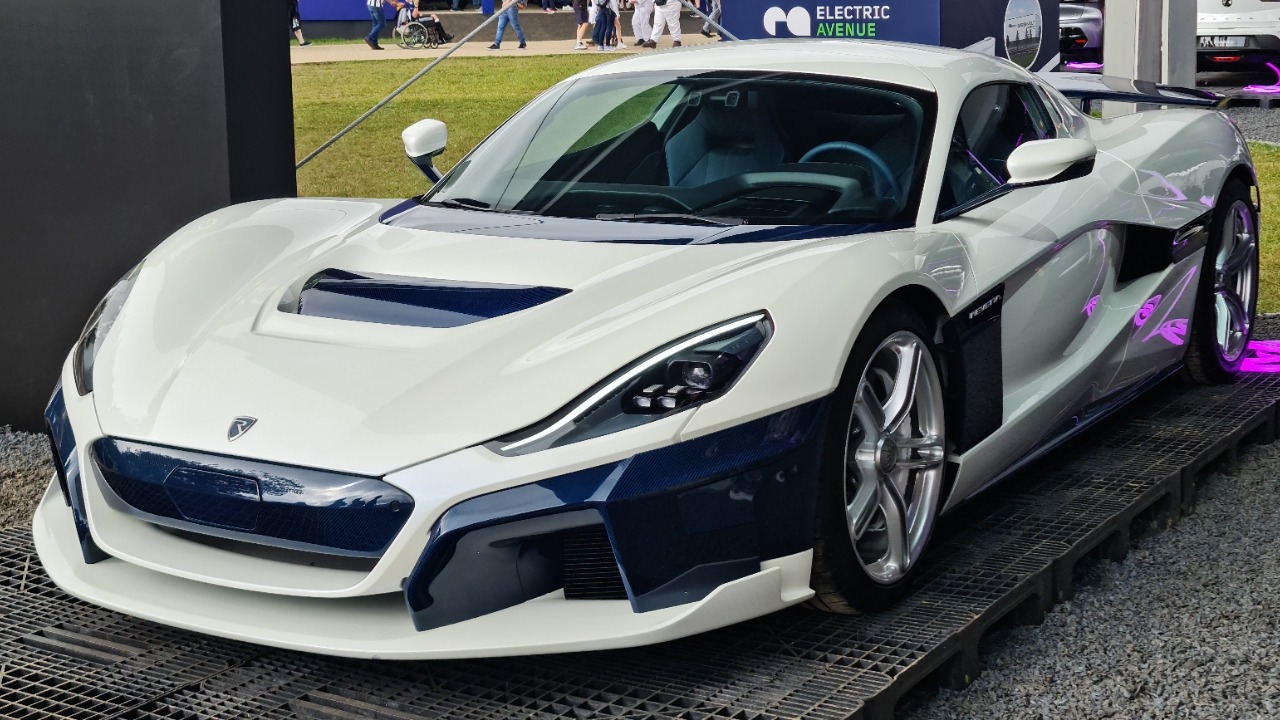
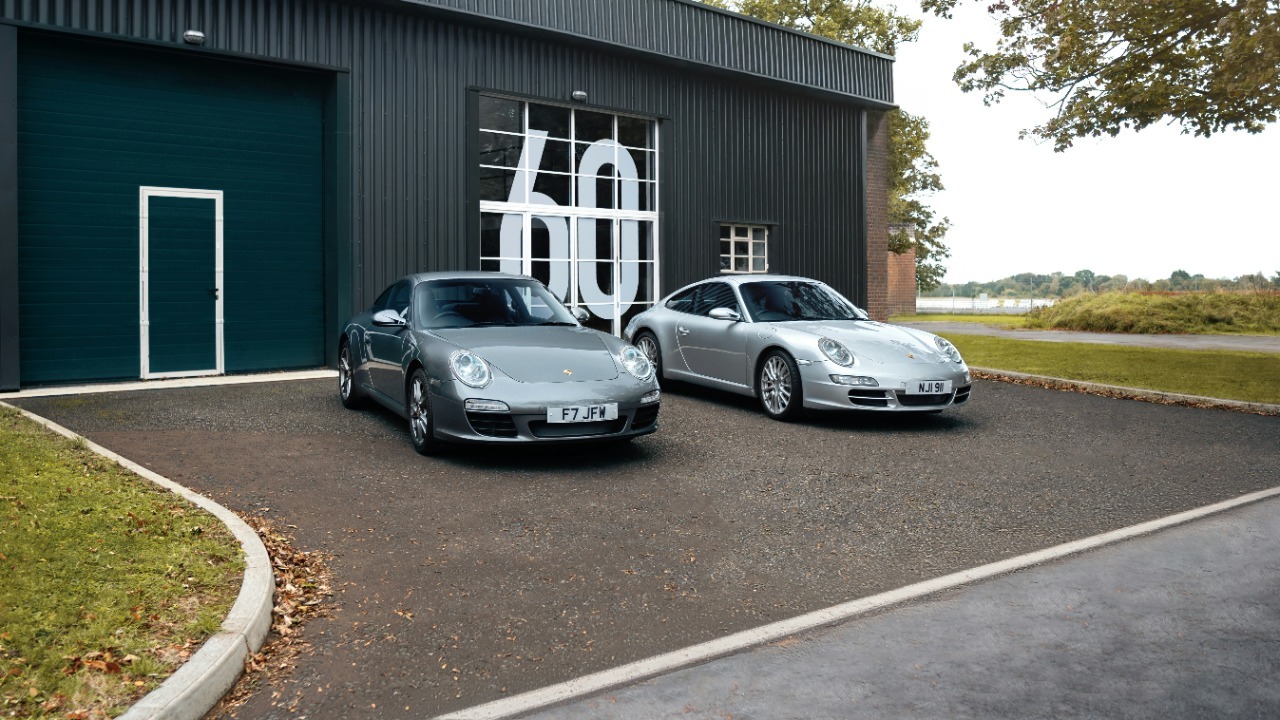


Leave a Reply